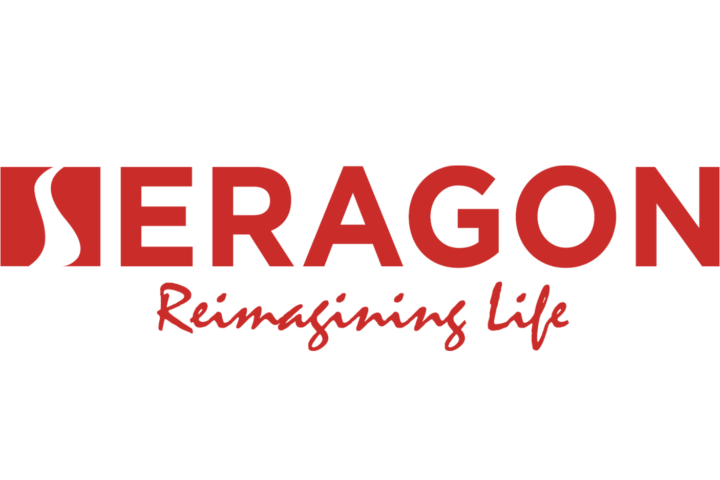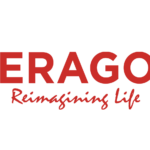The concept of Blue Zones has always been a fascinating area of study. These regions scattered across the globe have captured the attention of researchers and health enthusiasts alike. Despite their geographical diversity, Blue Zones share commonalities in lifestyle and dietary habits that seem to contribute to their inhabitants’ remarkable longevity. Let’s delve into the mysteries of Blue Zones and explore the renowned Blue Zone diet.
What are Blue Zones?
Blue Zones are regions around the world where people live significantly longer than the global average. These areas have been identified through demographic research, with notable examples including Okinawa in Japan, Sardinia in Italy, Nicoya in Costa Rica, Ikaria in Greece, and Loma Linda in California, USA. Despite their distinct locations and cultures, Blue Zones exhibit striking similarities in lifestyle patterns, social dynamics, and dietary choices.
Common Traits Across Blue Zones
Although the cultures and environments of Blue Zones vary widely, certain key factors consistently emerge. Centenarians in these regions tend to have strong social connections, engage in regular physical activity, maintain a sense of purpose, and follow plant-based diets rich in whole foods. Family bonds, community cohesion, and a relaxed pace of life also play significant roles in promoting longevity.
What is the Blue Zone Diet?
At the heart of Blue Zone living is the Blue Zone diet, which emphasizes plant-based foods such as fruits, vegetables, legumes, and whole grains. Fish and lean sources of protein are consumed in moderation, while red meat and processed foods are limited. Olive oil, nuts, and seeds provide healthy fats, and herbs and spices add flavor without excess salt or sugar. Meals are typically enjoyed in the company of others, fostering social connections and promoting mindful eating practices.
Blue Zone Diet and Longevity
Research suggests that adhering to the principles of the Blue Zone diet can significantly impact health and longevity. The abundance of fruits and vegetables provides essential vitamins, minerals, and antioxidants that support overall well-being and protect against chronic diseases such as heart disease, diabetes, and certain cancers. The emphasis on plant-based proteins and healthy fats helps maintain a healthy weight and reduces the risk of obesity-related conditions. Additionally, the social aspect of mealtime encourages relaxation, reduces stress, and promotes digestive health.
Key Takeaways
- Embrace a plant-centric diet: Fill your plate with colorful fruits, vegetables, legumes, and whole grains.
- Limit animal products: Enjoy fish and lean sources of protein in moderation, while reducing consumption of red meat and processed foods.
- Prioritize social connections: Share meals with family and friends to foster a sense of community and enhance overall well-being.
- Stay active: Incorporate regular physical activity into your daily routine to support longevity and vitality.
Conclusion
The Blue Zone diet offers valuable insights into the relationship between diet, lifestyle, and longevity. By adopting the principles of Blue Zone living—nourishing our bodies with plant-based foods, fostering social connections, staying active, and finding purpose—we can cultivate healthier, more fulfilling lives. While we may not all reside in Blue Zones, we can certainly incorporate elements of their lifestyle into our own, unlocking the secrets to a longer, happier existence.












